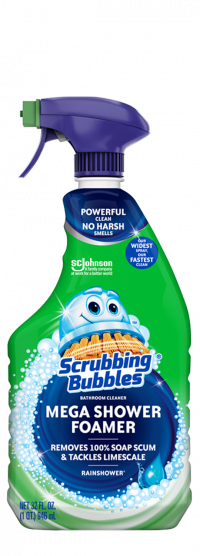- Thread starter
- #21
Thank youIf it is badly stained I use white vinegar without water. If it is just spots or slight stains, I mix 5 parts vinegar to 1 part water. I then soak it either way for about 20 minutes. I then rinse with water and dry with a microfibre cloth.




